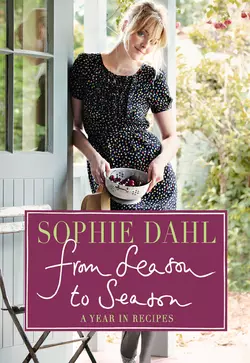From Season to Season: A Year in Recipes

Софи Даль
Тип: электронная книга
Жанр: Кулинария
Язык: на английском языке
Стоимость: 1396.27 ₽
Статус: В продаже
Издательство: HarperCollins
Дата публикации: 16.04.2024
Отзывы: Пока нет Добавить отзыв
О книге: Continuing where her hugely successful Voluptuous Delights left off, best selling author Sophie Dahl offers up a seasonal almanac of bountiful dishes alongside warm food-filled memories and musings.Taking a gastronomic journey through the seasons, from the Victorian Beeton era to a recent sodden Parisian evening, Dahl captures the smoke filled days of Autumn with a nostalgic Squash and Parmesan soup, the blooming warmth of an English garden in high summer with Grilled Peaches with Pistachios and Ricotta; and the burgeoning beginnings of Spring with a Butter Lettuce, Lobster and Crayfish Salad.Bursting with moreish yet nutritious recipes for budding foodies and seasoned gourmets alike, stunning photography and Sophie’s delightfully quirky illustrations, this latest offering promises pleasure, indulgence and of course, simple, good food.